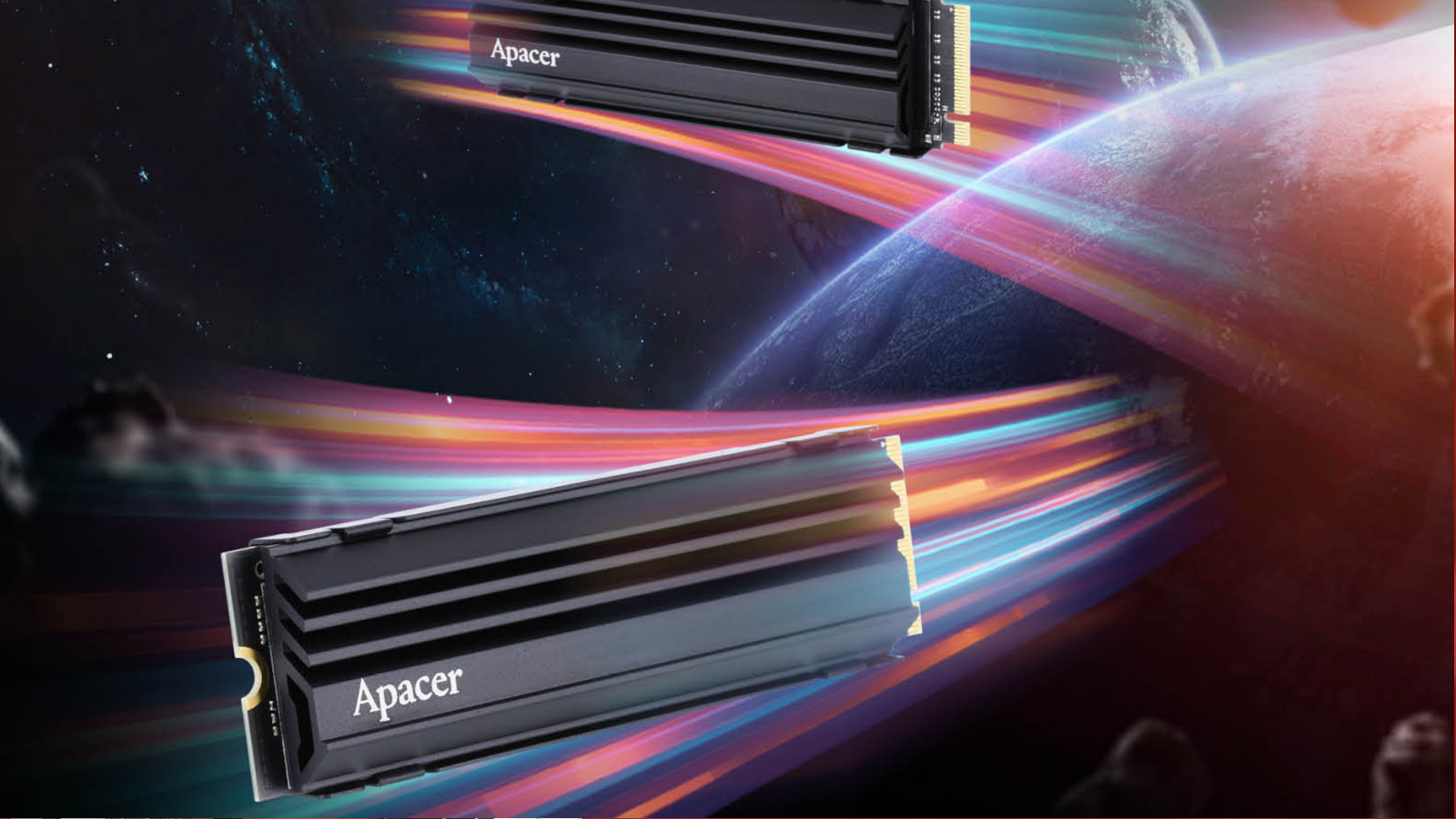Intel Raptor Lake could disappoint those who want a speedy PCIe 5.0 SSD
But concerns around fresh leak are much ado about nothing, most likely…

Intel’s next-gen Raptor Lake chips have been the subject of a flurry of rumors lately, and the most recent one is some controversy around the subject of support for PCIe 5.0 SSDs.
This is based on a leaked slide that comes from some kind of Intel workshop, or at least purportedly does, though it looks genuine enough, and is backed up by a second photo published on Twitter by HXL.
intel RPL PPTincreased Processor Core CountD5 5600 Add PCH PCIe LanesNo PCIe Gen5 M2?🧐https://t.co/y335ZPqcDq pic.twitter.com/hsmRMpAbytJuly 5, 2022
As we’ve already pointed out, the slide apparently tells us a number of things about Intel’s next-gen silicon, including that Raptor Lake will support both DDR4 and DDR5 system RAM (and not just DDR5 alone – giving folks more choice, and crucially, cheaper options to populate those memory slots).
What’s also detailed is the PCIe configuration for 700 series motherboards (the next-gen mobos for Raptor Lake), which will purportedly remain the same as with current 600 series models (Alder Lake).
There’ll be 16 PCIe 5.0 lanes, alongside four PCIe 4.0 lanes for an M.2 SSD, but no dedicated PCIe 5.0 lanes for a solid-state drive.
Now, here’s where it gets a little bit trickier, because no dedicated lanes in the design of 700 series motherboards doesn’t mean you can’t use a PCIe 5.0 SSD with them.
Typically, the aforementioned 16 PCIe 5.0 lanes are hooked up to the slot for the discrete graphics card, but what can be done is the motherboard maker can split those lanes.
Get daily insight, inspiration and deals in your inbox
Sign up for breaking news, reviews, opinion, top tech deals, and more.
In that case, we’d see those 16 lanes split into 2 x 8 lanes, one of which is for the PCIe 5.0 storage (theoretically 2 x 4 for a pair of M.2 slots) – but of course you’re taking away from the GPU in this case, which then has a reduced complement of 8 lanes.
Analysis: Is this really something to worry about?
What does this mean in the real-world? Well, with current-generation graphics cards, namely RTX 3000 and RX 6000 GPUs, having 8 rather than 16 PCIe 5.0 lanes really won’t make any odds at all, and no difference to performance levels whatsoever.
The question mark comes in with next-gen graphics cards, as we don’t know what they’ll be like – and what they might demand (well, we have a fair idea with rumors, but we can’t take any of that for granted). Although in truth, it seems pretty unlikely that having 8 PCIe 5.0 lanes could hamper even a next-gen scenario – although there are slight doubts over that to an extent, at least when it comes to the very top-end cards.
Ultimately, we’ll have to wait and see, but the reality is that the fuss and worry we’ve seen being aired over this PCIe 5.0 configuration revelation will very likely turn out to be a bit of a storm in a teacup.
Via PC Gamer
Darren is a freelancer writing news and features for TechRadar (and occasionally T3) across a broad range of computing topics including CPUs, GPUs, various other hardware, VPNs, antivirus and more. He has written about tech for the best part of three decades, and writes books in his spare time (his debut novel - 'I Know What You Did Last Supper' - was published by Hachette UK in 2013).